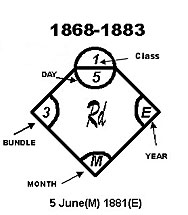Patent Lever
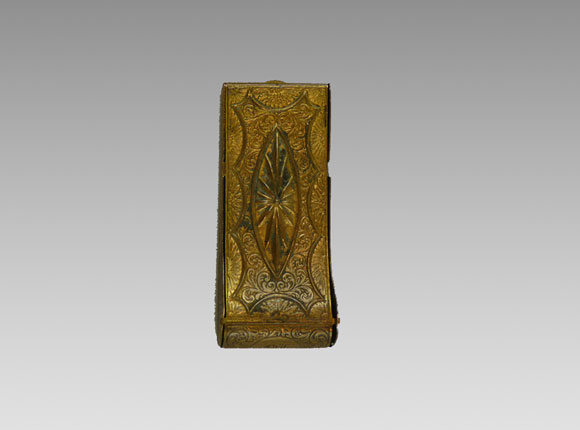
Needle Case (photographs courtesty of Lynda Herrod and eBay)
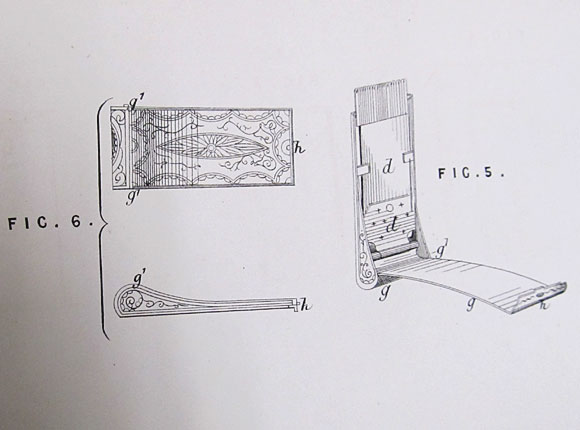
Patent (patent #3517 stamped on actual needle case)
Design Details
Needle Case Type: |
Flat-Names |
Patent/Registered to: |
William Avery - Redditch Needle Manufacturer and Albert Fenton of the same place, Machinist |
Patent/Design Representation #: |
Mechanical Patent #: 3517 (Fig. 5 & 6) |
Patent/Design Registration Date: |
November 19, 1868 |
Location of Patent/Design Registration: |
British Library - Business and Intellectual Property Centre - London
|
Reference #: |
1868-3517 |
Dimensions: |
2.3 x 4.5 |
Material: |
Brass |
Name Variations: |
W. Avery & Son - Redditch |
Other Variations: |
Minerva Lever |
Additional Photographs
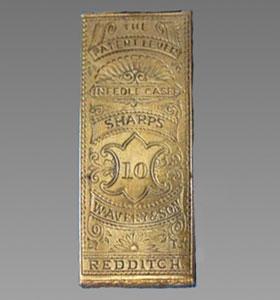
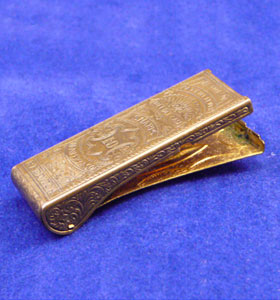
Back and side
During the time period in which Avery needle cases were made there were two ways to protect the rights of a design.
Patents
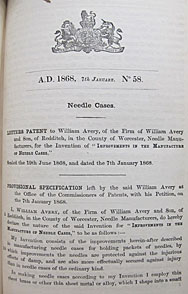
The mechanics of a design were registered by the patent process which protected the invention from being copied and manufactured without
permission. This was a meticulous process that required an in depth description of the invention as well as detailed drawings and
specifications. It was also time consuming and expensive. All mechanical patents were formally documented and published in patent books in the
year in which they were registered. Copies of these books can be found at a handful of libraries in the UK including the Business and
Intellectual Property Centre of the British Library in London. In addition, condensed version of these patents were compiled, indexed and
published at a later date. Although some of the items registered through the patent process have the words “Patented” stamped on them and more
rarely the patent number, most have no markings to indicate they were patented.
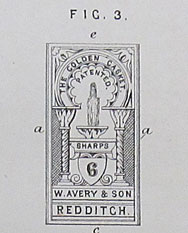
Registered Designs
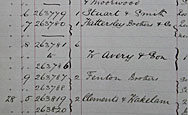
Most ornamental designs were registered through the Design Registry process. All one had to do to register their design was to provide the
registrar with some general information and present a representation of the design. The general information was recorded in a register similar
to an account book with each registration entered on a separate line and about 20-30 per page. For each item the register included the
registration number, registration date, name and address of the owner of the design, and often but not always, the design subject (e.g.: needle
case, receptacle for needles, pin case, etc). The design representation which usually consisted of a sketch, drawing or photograph of the item
was pasted into a separate ledger with the registration number stamped on it. These design representations were often simple sketches with
little detail of what the actual item would look like. Today these records are available at the National Archives in Kew, UK. Additional
information about these registrations can be found at the
National Archives website.
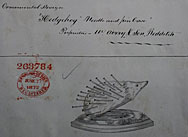
Diamond Marks
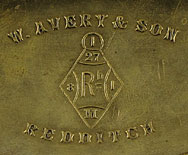
From 1842-1883 all ornamental designs registered through the Design Registry process were issued a registration mark in the shape of a diamond
that was stamped onto the items when they were produced. This diamond mark it is not a hallmark, hallmarks are very different and were required
for items made of silver, silver-plating or gold. The diamond mark contains information including the date the item was registered. One
of the numbers at the top of the diamond represents the day the item was registered, the letter on the right side when translated represents the year
and the letter on the bottom can be translated to represent the month. Items registered after 1883 no longer contain the diamond registration
mark, instead they have the letters Rd followed by the registration number. Additional information about these diamond marks can be found at the
National Archives website.
